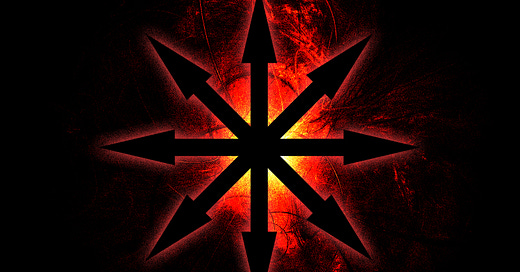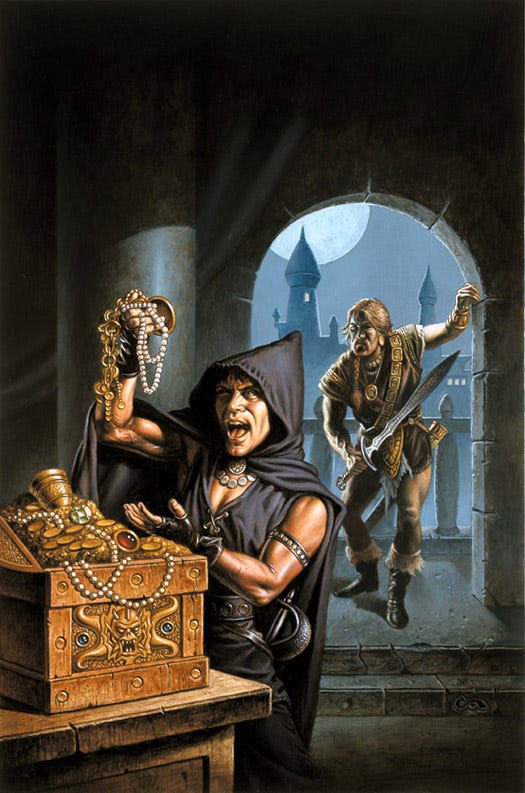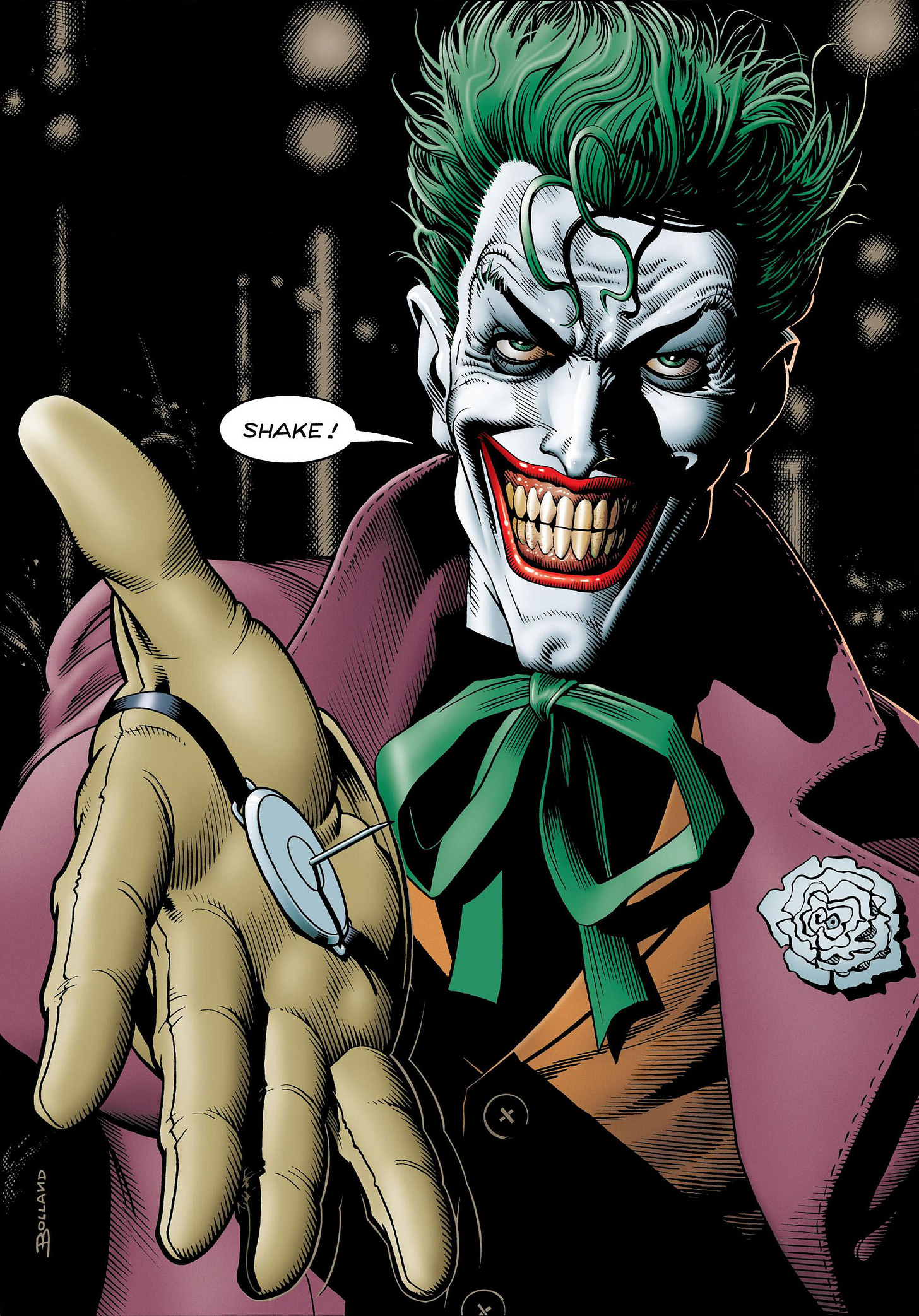The Chaotic Alignment is one often associated with evil and destruction. After all, chaos is a bad thing…right? Yes, in many circumstances, chaos is a very destructive force and order is preferable, but there is some such thing as good chaos. Especially as a counter to evil structure. How does all of this apply to roleplaying games though? Well, that’s what we’re here to discus.
Chaos, as established by Michael Moorcock and the Elric Saga, represents spontaneity, creativity and chance but also rebellion, destruction and all of the negative things one could associate with Chaos. Another interesting facet of Chaos in Moorcock’s universe is that it rebels not just against Law, but against the idea of Universal Balance as it is, in and of itself, a law. The Champions of Chaos, like Elric, tend to fight back against oppressive authority, but the forces of Chaos often fight to upset the balance of the universe. While Chaos is not evil in and of itself, this tendency to push against the balance certainly gives the impression of it being evil to the core.
Chaotic Good characters are, like all good-aligned characters, good-hearted and moral although the limits of morality are stretched to the point of breaking by some. Their chaotic nature generally drives them to the fringes of acceptability within society or beyond it into the world of outlaws. Fafhrd and The Gray Mouser, Ezio Auditore, Captain Jack Sparrow, etc all represent the ethos of Chaotic Good. They aren’t constrained by law and order but they have clear lines that will never be crossed. Ultimately, they are trustworthy so long as you know where the lines are.
Chaotic Neutral is a little more of a mixed bag. A Chaotic Neutral character is most definitely an outlaw and certainly more willing to cross lines than a Chaotic Good character. Their motivations are more selfish but they aren’t evil. There’s still something of a moral code present, but it’s more of a flexible one. While a Chaotic Good character may feel bad about accidentally killing an innocent person, a Chaotic Neutral character is more likely to rationalize away the guilt if they feel any at all. In ethics terminology, these characters are consequentialists. The ends justify the means and the ends are, usually, whatever makes them happy or keeps them alive.
Lastly we have Chaotic Evil. As a GM, I do not allow Chaotic Evil characters at my table. This is because Chaotic Evil revels in pure destruction and pain. Vice is their virtue. Destruction is their creativity. They cannot be trusted and will not work well with others. People who trust them or even merely attempt to use them often regret doing so. They want nothing more than to cause pain, confusion, and suffering. They don’t even need to benefit from it directly so long as someone is thrown into turmoil. Some are more calculating and strategic in their sadism, but others are more random. All in all though, these evil characters are among the most terrifying.
So there you have Chaotic alignments. They run the gamut from libertarian to total amoral anarchy. From freedom to wanton destruction. Moral codes, especially those imposed externally, mean little to them. They will follow their own codes of morality, usually consequentialist ones, or they will pursue outright hedonism and destructive behavior. As with Law and Neutrality, Chaos has its own complicated network of morality.







